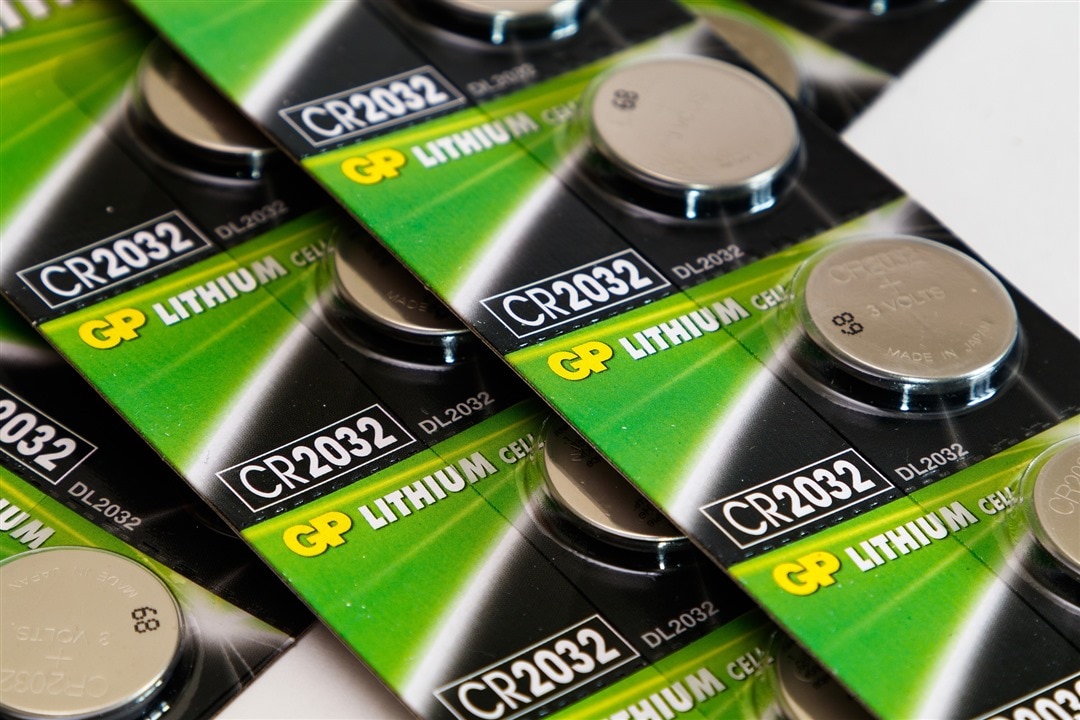
(Image Credit: Alexei_other/pixabay)
New Lithium production techniques could contribute to cleaner battery development for various applications ranging from smartphones to electric vehicles. Car manufacturers, mining companies, and investors, such as the US Energy Department, are investing in direct lithium extraction (DLE) technologies that could increase worldwide lithium production. Currently, DLE technologies rely on ceramic heads, filters, or membranes to extract metal from brine. Of course, these are more sustainable than today’s methods that involve pumping lithium-containing saltwater from underground lakes to the surface in Argentina or Chile. This is then extracted via evaporation in large basins.
DLE focuses on a highly selective absorbent to extract lithium from brine. Impurities are then cleansed off, providing high-grade lithium carbonate and lithium hydroxide. Even better, DLE also scraps vital impurities, resulting in a high-quality product.
Although DLE techniques aren’t reliant on massive evaporation basins, they still use up large amounts of water and electricity for lithium production. General Motors wants to utilize DLE to distribute the required lithium from the Salton Sea in Southern California. Ten tons of water are required just to produce one ton of lithium.
Meanwhile, Cornish Lithium, a company in Cornwall, UK, says it discovered an environmentally-friendly lithium extraction approach. Its technique involves extracting lithium from geothermal waters, a process that uses geothermal energy for power. The company plans to use a processing unit with the same footprint as a supermarket to extract lithium from the fluids. So far, Cornish Lithium received $11.7 million out of a $23.5 million package from TechMet Limited to develop the tech. It has also started drilling a research borehole at Twelveheads.
Ekoslove Lithium, an Australian-based company, recently announced the successful procession of lithium brines from the Incahuasi Salar at its DLE pilot plant. It recovered over 90% of lithium and said it processed 200 liters of brine with high-grade lithium chloride produced. The company says these can be used as feeder stock for lithium compounds or converted to battery-grade lithium carbonate.
The National Renewable Energy Laboratory is researching DLE techniques that could supply up to 10 times the current US lithium demand from the Salton Sea.
E3 Metals, a Canadian company, also announced the Alberta Innovates research agency granted $1.1 million out of $1.8 million for its lab-based pilot DLE prototype, which utilizes an ion-exchange process for lithium extractions. Now, E3 Metals wants to construct and run a field pilot plant that operates non-stop in the Clearwater region to extract lithium from the brine in the Leduc Aquifer. This is being done to show its potential of commercially scaling 20,000 tons of lithium hydroxide monohydrate per year.
Have a story tip? Message me at: http://twitter.com/Cabe_Atwell
